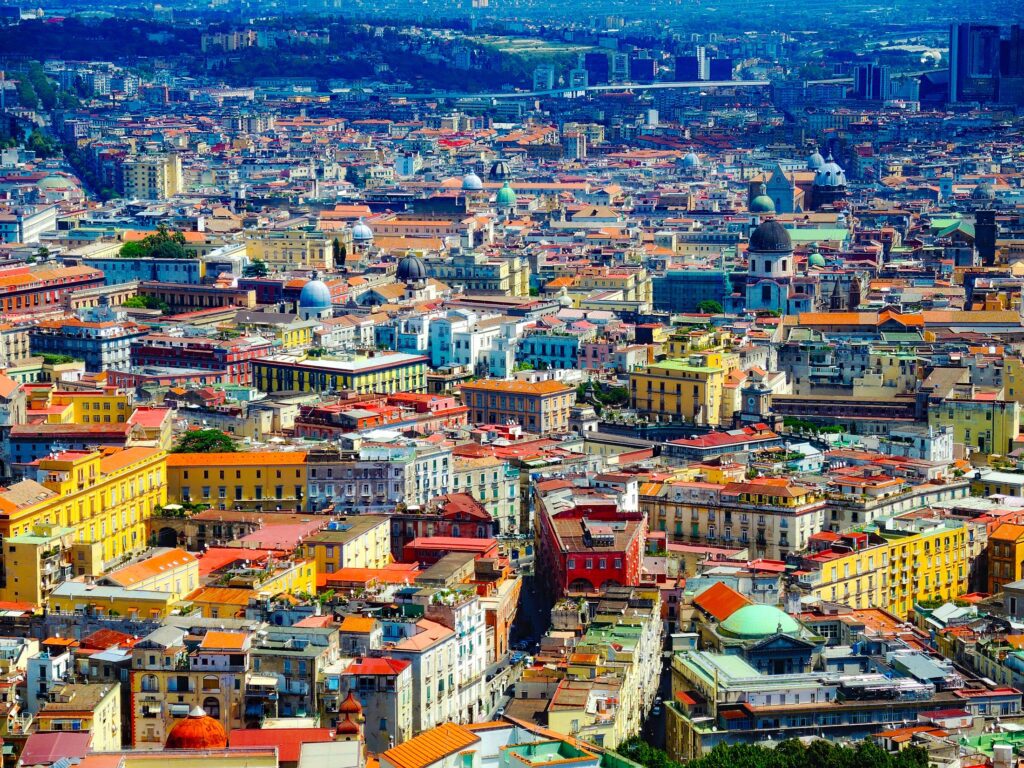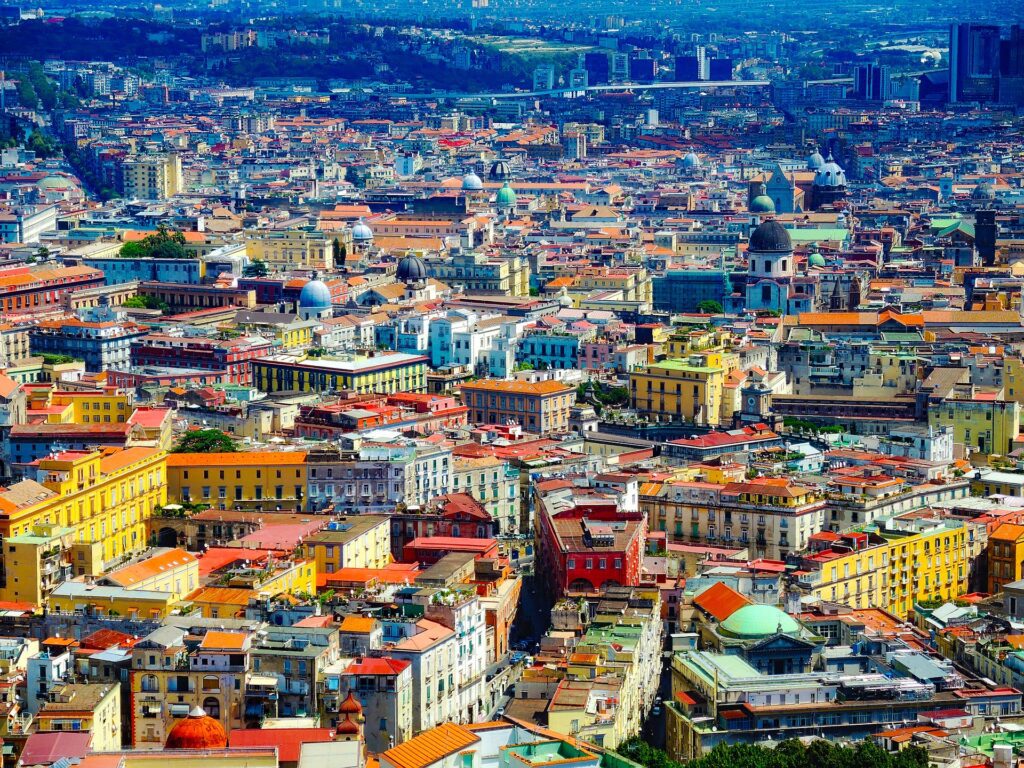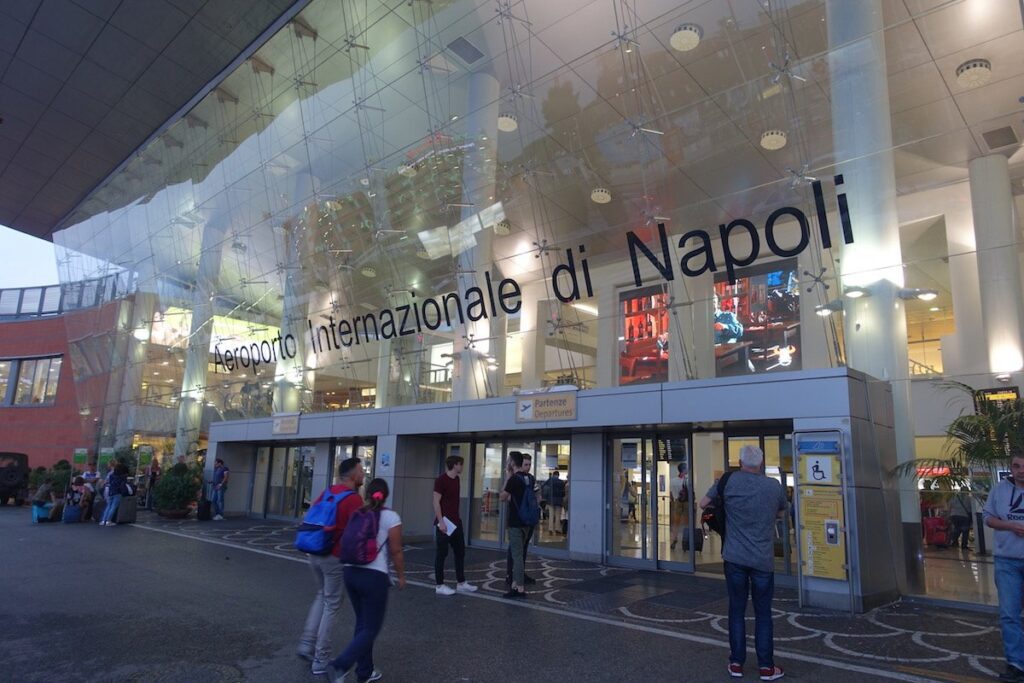Our package will introduce you to the wonders of Naples and its magical surroundings, Capri island, Pompei and the Amalfi Coast.
Naples is thousands colors…. this is what a popular song in Italy says. Naples is one of the largest and most captivating art cities on the Mediterranean Sea. Capital of the Region of Campania, it is the third-largest commune in Italy after Rome and Milan. The city dominates the Gulf of Naples, expanding from the Sorrentine Peninsula to the volcanic area of the Phlegraean Fields. It offers an extremely evocative vista of not only the imposing Vesuvian mount but also the three magnificent islands of Capri, Ischia and Procida – three jewels that rise like Venus from the sea. Besides its gorgeous scenery, Naples owes its much-deserved fame to the charm and intrigue of its historic center – a historic center that counts 2500 years of a fascinating existence, and that was therefore added to the UNESCO World Heritage List in 1995. Naples is this and much more: incredible food traditions (two of the most iconic Italian delicacies are from here: pasta and pizza), breath-taking scenaries and surroundings, warm hospitality, incredible monuments, museums and archeaological sites.

Capri, a small island made of limestone carved with steep cliffs and caves, has been considered for centuries a gem of the Mediterranean Sea. Going back to the past, the island has been occupied by Greeks, Romans, Western and Eastern emperors, as well as pirates and tyrants. Traces of these occupants are still visible at present. In the second half of the 19th century, Capri became a popular resort for European artists, writers and other celebrities.
 Pompeii was a town that disappeared from the maps and from people’s memories as it got completely buried under the ashes erupted by the volcano in 79 AD. That dramatic day, in a matter of few hours, stopped the lives of an entire bustling city to only come unearthed many centuries later. These ruins give an incredible picture of ancient Romans’ daily life and their original urban setting: homes, shops, frescoes, thermal baths, mosaics and much more. Included in this tour there is a stop to a Cameos and Corals workshop, to learn more about this ancient art-craft, for which the Neapolitan school is still considered of great importance. Cameos in particular are carved sea shells representing scenes of mythological deities.
Pompeii was a town that disappeared from the maps and from people’s memories as it got completely buried under the ashes erupted by the volcano in 79 AD. That dramatic day, in a matter of few hours, stopped the lives of an entire bustling city to only come unearthed many centuries later. These ruins give an incredible picture of ancient Romans’ daily life and their original urban setting: homes, shops, frescoes, thermal baths, mosaics and much more. Included in this tour there is a stop to a Cameos and Corals workshop, to learn more about this ancient art-craft, for which the Neapolitan school is still considered of great importance. Cameos in particular are carved sea shells representing scenes of mythological deities.

The Amalfi Coast, also known as the ”light blue ribbon” (Nastro Azzurro). Built in 1832 by the bourbons, this road hasn’t changed much ever since. It runs along the Lattari Mountains coastline, passing by a number of small villages nestled in the rocks and considered amongst the prettiest in the Mediterranean. Inhabited since the VI century BC by the Greeks and previously by local indigenous people, this area mainly shares the same history of neighboring Naples. Tourism, fishing and farming are the main source of income for locals. The most popular products are: the Limoncello liqueur; the colorful ceramic art-crafts from the traditional school of Vietri and the famous Carta d’Amalfi, an exclusive type of paper made out of cloths (linen, cotton and hemp).

 Arrival in Naples airport (or train station), meeting with your driver and transfer to your hotel. Freetime at leisure to discover Naples and its wonders.
Arrival in Naples airport (or train station), meeting with your driver and transfer to your hotel. Freetime at leisure to discover Naples and its wonders. Breakfast in hotel. Today we’ll visit the wonderful island of Capri.
Breakfast in hotel. Today we’ll visit the wonderful island of Capri.
 Breakfast in hotel and check out. Private transfer to Naples airport or train station.
Breakfast in hotel and check out. Private transfer to Naples airport or train station.